
Ceres and Vesta Conjunction
Posted: 3 July 2014
|
Opened: Wednesday, 2 July 2014, 1931 MST Temperature: 99°F |
Session: 704 Conditions: Clouds in much of sky |
I opened the observatory with the hope of imaging Ceres and Vesta as they approach their close conjunction on 4-5 July 2014. I had previously imaged them together on 29 June and 30 June. See those reports for the images and animations. This night would be hampered by the clouds.
1939 MST: sunset. Took this photo of the western sky at 1943 MST. The observatory is at the lower right and the crescent moon at the upper left.
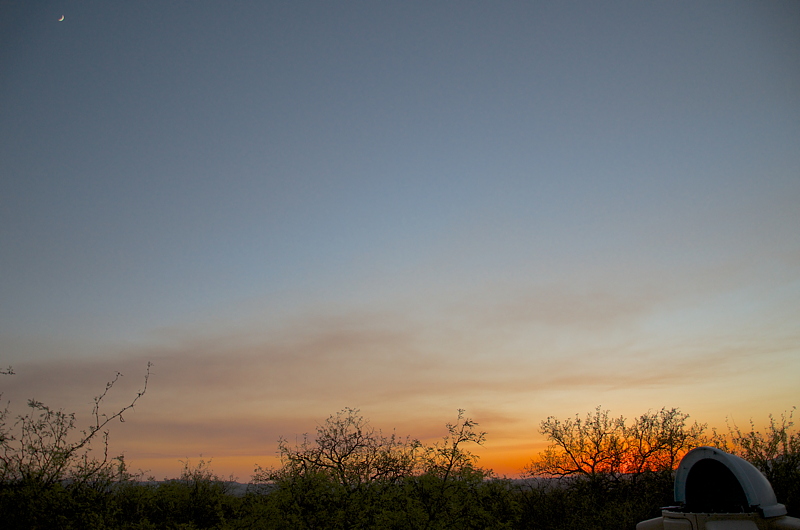
1945 MST: did some brief lunar observing, 83X. Clouds were near the moon. Grabbed this handheld iPhone 5s afocal 83X photo (slightly cropped):
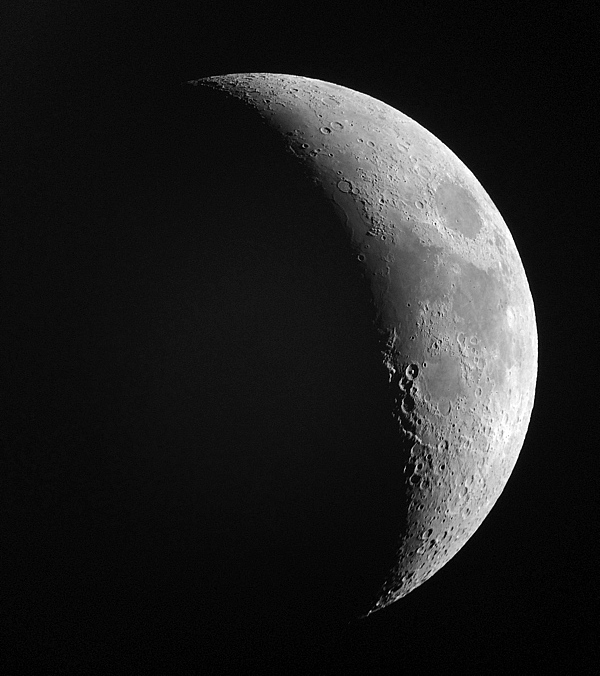
1954 MST: quick look at Mars, 83X and 222X. Seeing bad (clouds) but there was a hint of a dark area visible. Then viewed Saturn, 222X. Clouds were affecting the view but the moon Titan was visible.
1959 MST: slewed to Spica to begin preparations for observing and imaging the Ceres and Vesta conjunction. Began closely monitoring the clouds. 2022 MST: powered on the GC Wi-Fi Adapter and used SkySafari Pro 4 to GOTO Ceres and Vesta. Both asteroids were visible well inside the 2" 24mm UWA eyepiece (83X) field-of-view. Set up for imaging by mounting the D7000 DSLR at prime focus of the 8" LX200-ACF. Some thin clouds were now covering the area. Did a focus test image on the star Spica using a Bahtinov Mask.
Slewed back to Vesta. Both asteroids were visible in the camera viewfinder. Began imaging at 2035 MST, 30 seconds, ISO 1600. I did exposures every 15 minutes for one hour. 2040 MST: a band of thick clouds was approaching the asteroids. 2049 MST: began seeing lightning flashes from a distant monsoon thunderstorm in the southeast. 2110 MST: thick clouds were now almost at the position of the asteroids. 2112 MST: asteroids now appeared fuzzy in the viewfinder due to clouds. 2113 MST: Ceres gone, Vesta almost gone. 2114 MST: nothing visible in camera viewfinder. 2120 MST: still nothing visible in viewfinder. Thick clouds were in most of the sky; even the moon was hidden behind clouds. 2133 MST: the asteroids briefly appeared in the viewfinder but then rapidly disappeared again. 2135 MST: took my final image. Unmounted the camera and got a quick look at the asteroids, 83X, as they briefly popped into view.
The final two images had nothing. So this night I was only able to cover 30 minutes of motion by the asteroids. The image below shows Ceres and Vesta:
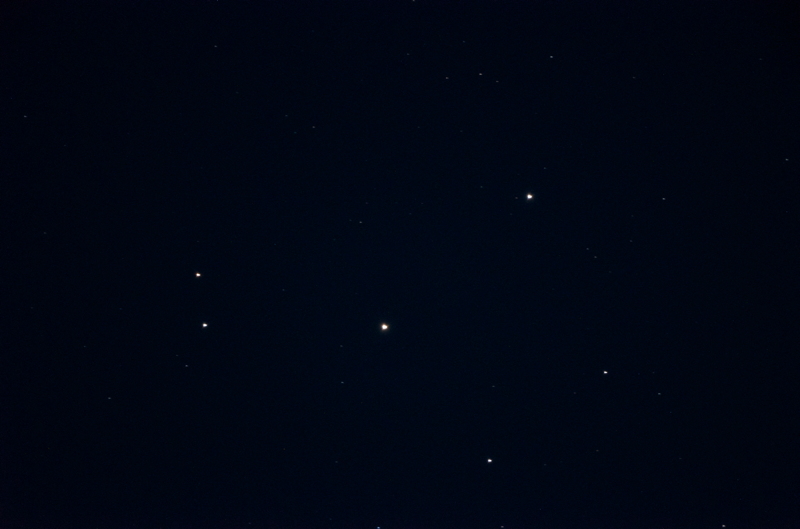
Mouseover or tap to see labels
This merged image shows the asteroid movement over 30 minutes:
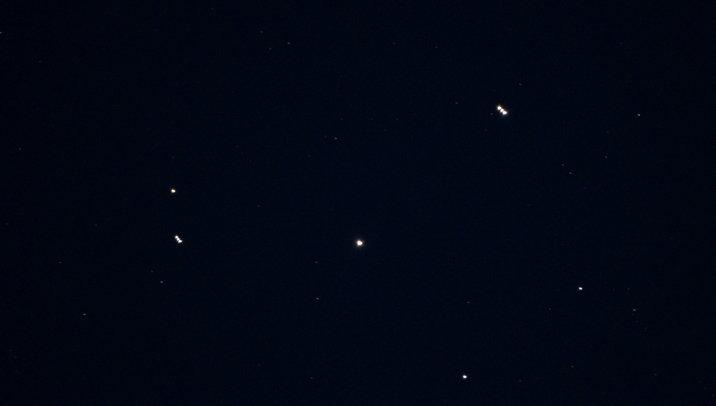
Click or tap to see animation
Began closing the observatory. Due to forecast monsoon storms for the next few days and nights, may not be able to get the closest conjunction (10 arcminutes) on 4-5 July.
|
Closed: Wednesday, 2 July 2014, 2149 MST Temperature: 82°F |
|
For those who can't resist seeing and hearing me, here's a five minute video clip (76 MB) from the 2 July 2014 Pinal County, Arizona, Board of Supervisors meeting discussing a "Letter of Support" for the Oracle State Park "International Dark Sky Park" designation:
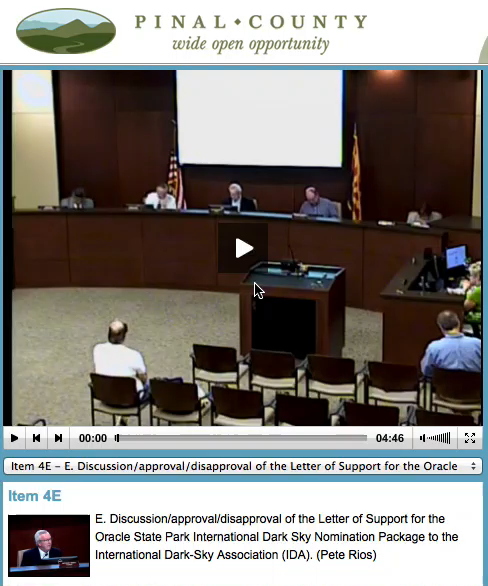
Click image to view video
Comments are welcome using Email. If you are on Twitter you can use the button below to tweet this report to your followers. Thanks.
Cassiopeia Observatory Home Page